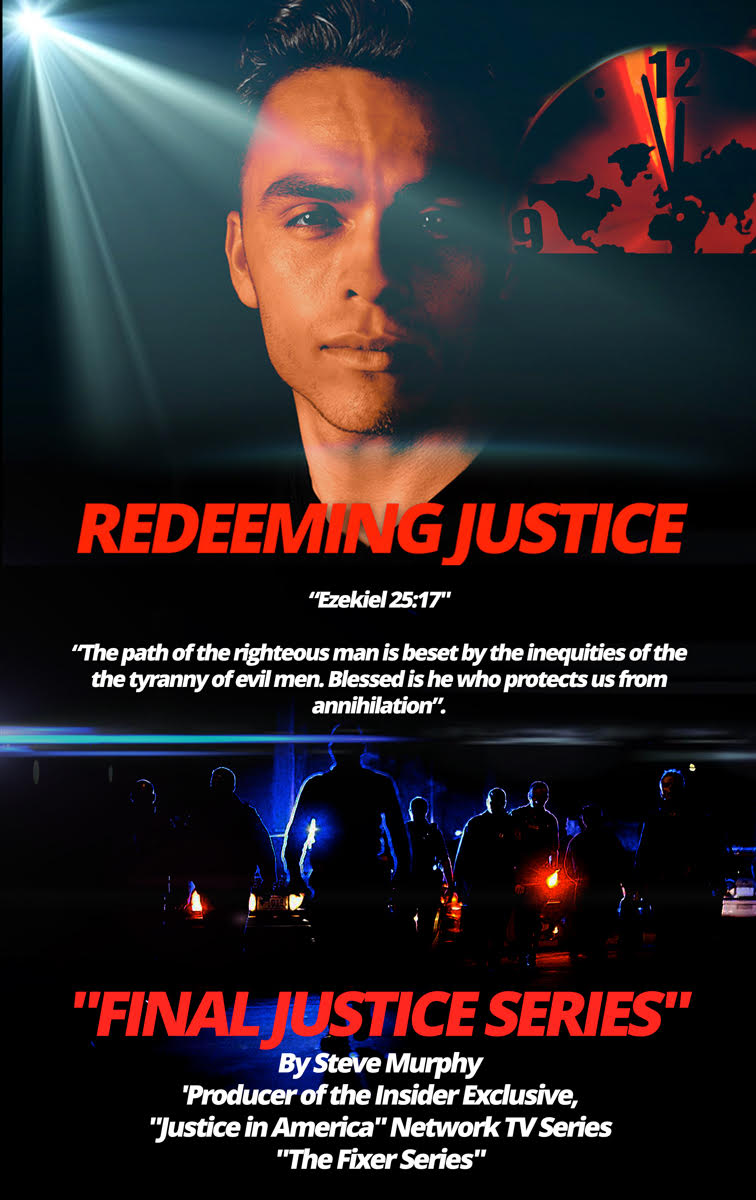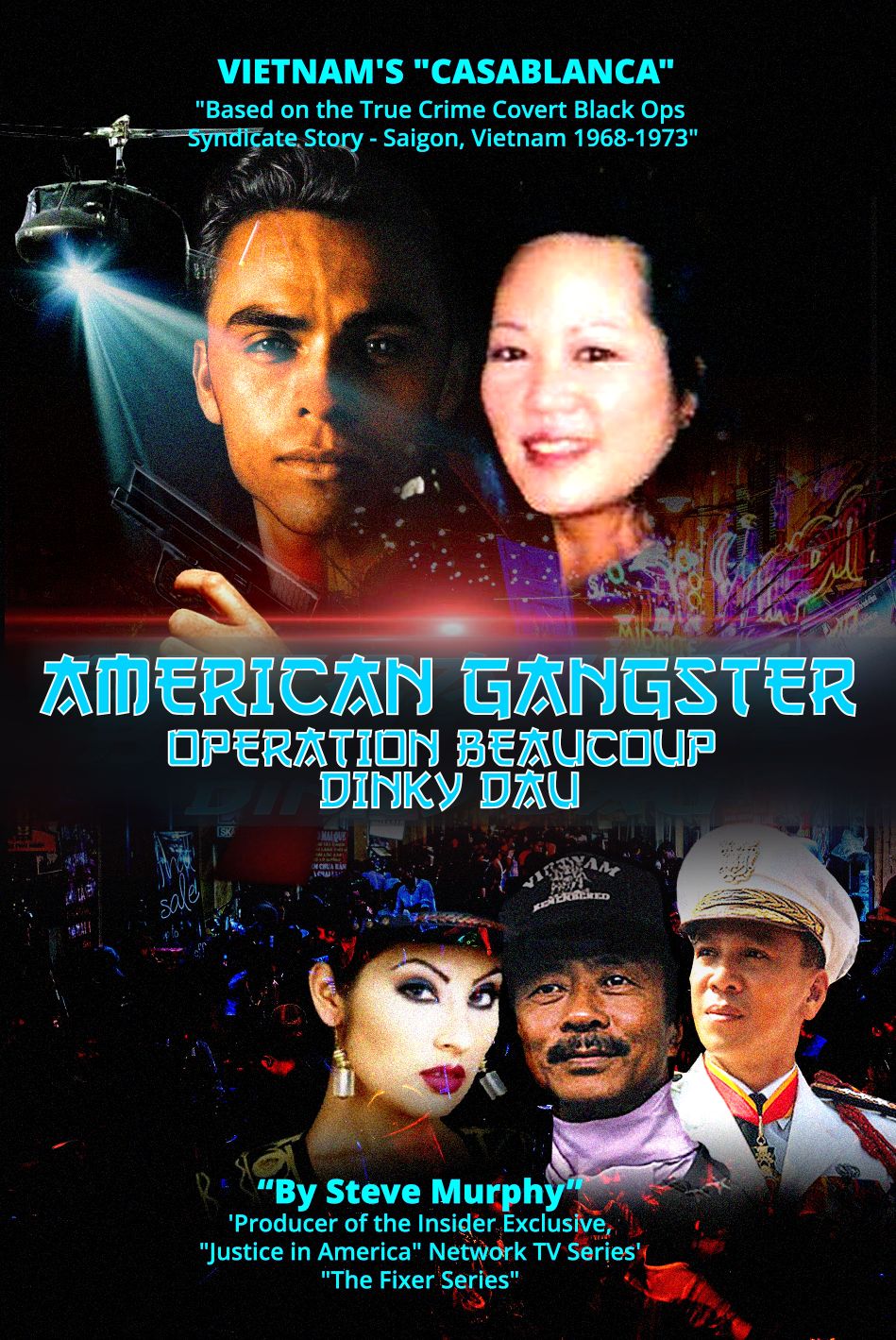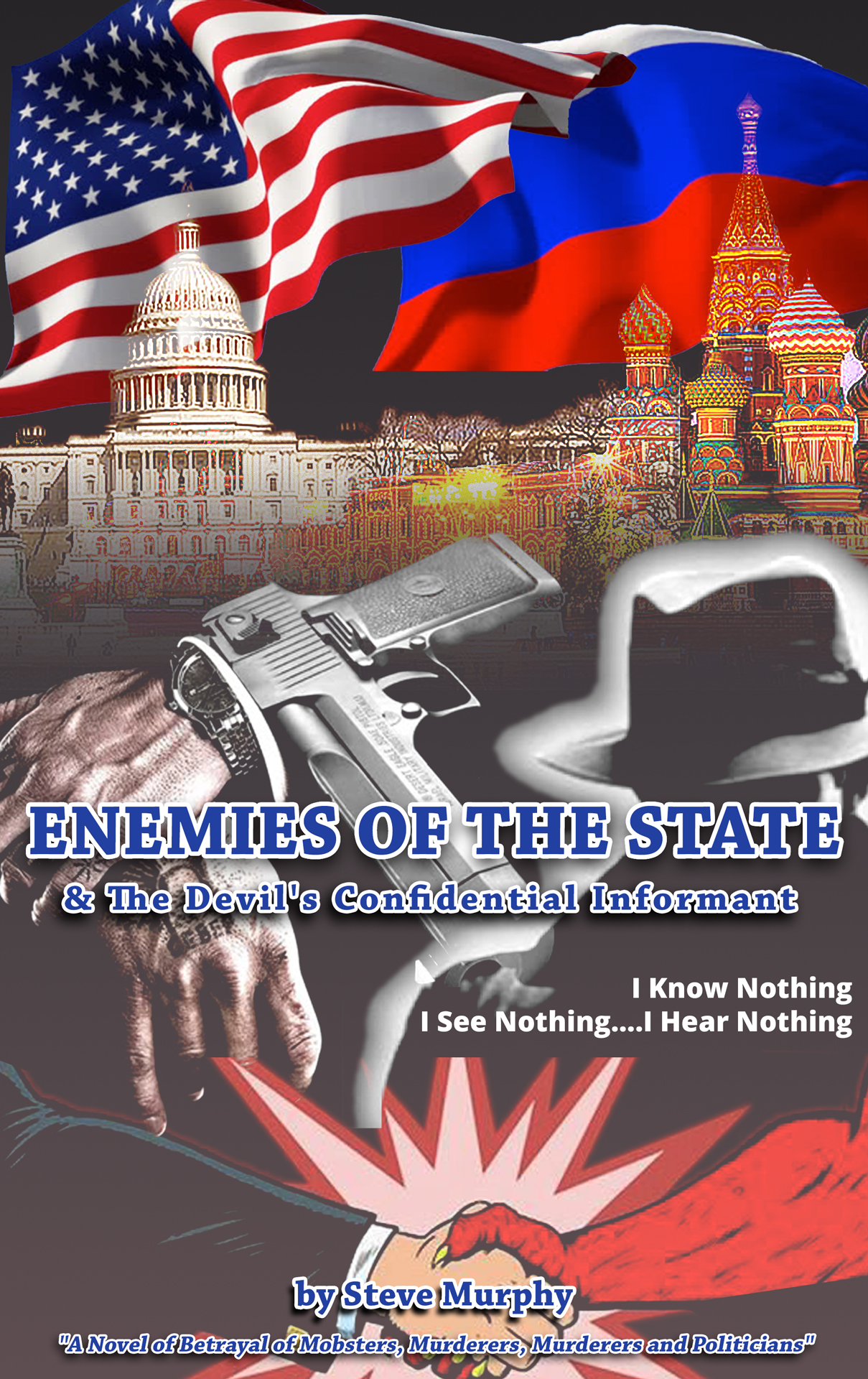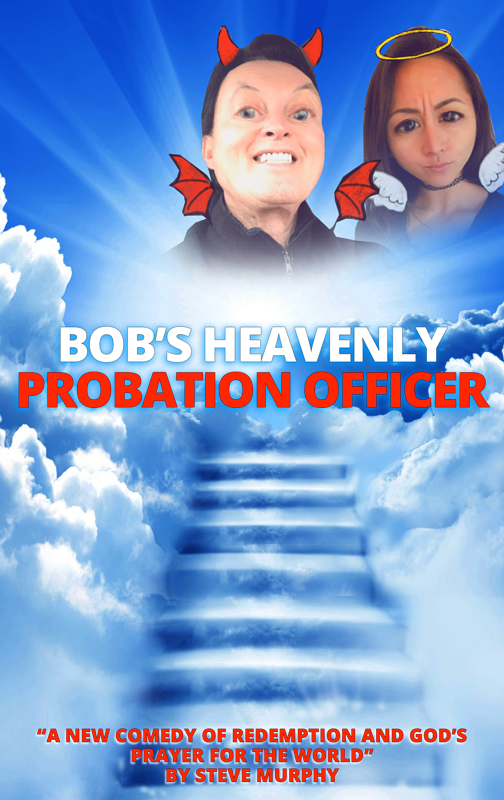| Featuring Susan Southard and Scott Montgomery | | Print | |
| America's Best Selling Authors | ||||||||||
 America's #1 TalkRadio Show Presents"America's Best Selling Authors Series"
Guest:Susan Southard Susan Southard holds an MFA in creative writing from Antioch University, Los Angeles, and was a nonfiction fellow at the Norman Mailer Center in Provincetown, Massachusetts. Nagasaki was a finalist for the J. Anthony Lukas Work-in-Progress Award, sponsored by Harvard University’s Nieman Foundation and the Columbia University School of Journalism. Susan lives in Tempe, Arizona, where she is the founder and artistic director of Essential Theatre. She has taught nonfiction classes at Arizona State University’s Piper Writers Studio and has directed creative writing programs for incarcerated youth and at a federal prison for women outside Phoenix. THE BOOK: “NAGASAKI: Life After Nuclear War” For much of the world, the United States’ 1945 atomic bombings of Japan represented an end to a long and costly global war. But for tens of thousands of survivors who barely escaped death beneath the mushroom cloud, their new lives as hibakusha (atomic bomb–affected people) had just begun. In the late morning of August 9, 1945—three days after the atomic bombing of Hiroshima—the people of Nagasaki moved through another day of hunger and wartime routine. At 11:02 a.m. a brilliant flash illuminated the sky, followed by an explosion equal to 21,000 tons of TNT. With searing heat and an annihilating force that defies imagination, the blast tore through factories, shops, and homes, carrying unprecedented levels of radiation that penetrated the bodies of people and animals. Approximately 74,000 people were killed, and another 75,000 were wounded. Nagasaki takes us on the astonishing journeys of five survivors, all teenagers at the time of the bombing. From 1945 to Nagasaki today, we watch them and hibakusha across the city navigate an uncertain future with punishing injuries, acute and late-onset radiation-related illnesses, and haunting fears that they would pass on genetic disorders to their children and grandchildren. In a remarkable demonstration of human resilience, a small number of hibakushamade the very personal choice to speak out about their experiences, even as U.S. policies kept their suffering hidden in both in their own country and across the world. The survivors’ goal: To ensure that Nagasaki remains the last atomic-bombed city in history. Susan Southard spent more than a decade researching and interviewing hibakusha and atomic bomb historians, physicians, and specialists to reconstruct the days, months, and years after the bombing. Using powerful eyewitness accounts, Southard unveils this neglected story of the enduring impact of nuclear war. Published for the seventieth anniversary of the bombing, Nagasakiexpands our understanding of the atomic bomb and its impact and will help shape public discussion of one of the most controversial wartime acts in history.
Guest: Scott Montgomery Scott L. Montgomery is an author, geologist, and lecturer. Over the past 20 years, he has written a large number of technical papers related to energy and pursued an interest in interdisciplinary subjects that cross the boundary between the sciences and humanities. His books, essays, and other publications have contributed to a number of fields, including the history of science, intellectual history, translation studies, language studies, and scientific communication. He teaches in the Henry M. Jackson School of International Studies, University of Washington (Seattle), and has lectured at many universities in the U.S. and internationally. He has received several awards for his writing, as well as a National Endowment for the Humanities fellowship. His work, Powers that Be: Global Energy for the 21st Century and Beyond (Chicago, 2010), was chosen as a Choice Outstanding Title for 2011. His most recent books, The Shape of the New: Four Big Ideas that Built the Modern World (Princeton, 2015) and A History of Science in World Cultures (Routledge, 2015) have received widespread attention. THE BOOK: “The Shape of the New: Four Big Ideas and How They Made the Modern World” This panoramic book tells the story of how revolutionary ideas from the Enlightenment about freedom, equality, evolution, and democracy have reverberated through modern history and shaped the world as we know it today. A testament to the enduring power of ideas, The Shape of the New offers unforgettable portraits of Adam Smith, Thomas Jefferson, Alexander Hamilton, Charles Darwin, and Karl Marx--heirs of the Enlightenment who embodied its highest ideals about progress--and shows how their thoughts, over time and in the hands of their followers and opponents, transformed the very nature of our beliefs, institutions, economies, and politics. Yet these ideas also hold contradictions. They have been used in the service of brutal systems such as slavery and colonialism, been appropriated and twisted by monsters like Stalin and Hitler, and provoked reactions against the Enlightenment's legacy by Islamic Salafists and the Christian Religious Right. The Shape of the New argues that it is impossible to understand the ideological and political conflicts of our own time without familiarizing ourselves with the history and internal tensions of these world-changing ideas. With passion and conviction, it exhorts us to recognize the central importance of these ideas as historical forces and pillars of the Western humanistic tradition. It makes the case that to read the works of the great thinkers is to gain invaluable insights into the ideas that have shaped how we think and what we believe. Girardi Keese's mission is to provide aggressive representation of individuals and businesses who have been injured in sous way, whether by physical harm, property damage, damage to business, or damage to economic interests. Girardi & Keese has two offices in California: Downtown Los Angeles and San Bernardino. www.girardikeese.com Hosted by Steve Murphy
 Brought to you by "The Law Business Insider" Contact:
Guest: Susan Southard
Guest:Scott Montgomery
Jack Girardi Steve Murphy |
||||||||||
| Last Updated on Tuesday, 10 November 2015 22:57 |

































